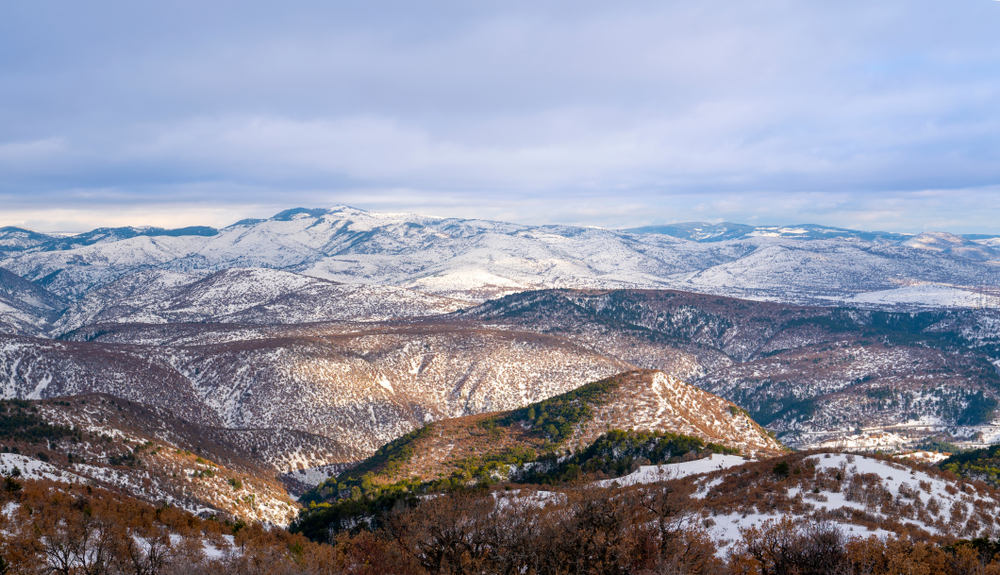Soğuksu Overview
Soğuksu National Park, known in Turkish as Soğuksu Milli Parkı, is a cherished natural retreat located in the Kızılcahamam district of Ankara Province, in the heart of central Turkey.
Spanning approximately 2.9 square miles (7.5 square kilometers), this relatively small yet ecologically rich park offers a serene escape from the urban sprawl of nearby Ankara, which lies just 50 miles (80 kilometers) to the south. Established in 1959, Soğuksu is one of Turkey’s earliest national parks and is particularly noted for its cool climate, lush forest landscapes, and vital role in wildlife conservation.
The park’s terrain consists of rolling hills, deep valleys, and densely forested ridges that rise between 3,600 and 5,900 feet (1,100 to 1,800 meters) in elevation. These landscapes are blanketed by a mix of black pine, Scots pine, and oak forests, with lush undergrowth including juniper, rosehip, and wild strawberry.
Several freshwater springs and small streams flow through the park, adding to the tranquil atmosphere and giving Soğuksu, which means “cold water,” its name. The cool, moist microclimate supports a remarkable diversity of vegetation, making it a prime spot for botanical studies and nature walks.
Wildlife in Soğuksu National Park thrives in these well-protected habitats. The park is perhaps most famous for being one of the few documented breeding areas in Turkey for the black vulture, a rare and majestic bird of prey. Other notable bird species include the Eurasian nuthatch, green woodpecker, and tawny owl.
Mammals that may be spotted in the park include wild boars, red foxes, badgers, and squirrels. The mix of forest and meadow also supports a variety of amphibians and reptiles, particularly in the damper, shaded areas near water sources. The presence of such rich fauna within such a small area underscores the park’s ecological value.
Soğuksu National Park is a popular destination for both locals and tourists seeking recreation in a peaceful setting. Visitors come year-round to enjoy picnicking, walking trails, and scenic viewpoints. A number of observation decks provide panoramic views of the forested hills, while clearly marked paths wind through the trees for gentle hikes.
The park also has thermal spa facilities nearby in Kızılcahamam, making it a favored weekend getaway. Educational programs, nature tours, and photography workshops are occasionally held within the park, especially during peak visitation months in spring and summer.
Park management places a strong emphasis on conservation and sustainable tourism. Given its proximity to a major urban center, Soğuksu faces ongoing challenges related to visitor pressure and potential pollution.
However, the park has been successful in preserving its biodiversity thanks to strict protection measures, active monitoring of endangered species, and environmental education campaigns. The collaboration between government agencies and local communities has been key in maintaining the park’s health while allowing for public enjoyment.
Park Map
Soğuksu National Park Highlights
Share your clicks with us
Related National Parks More Turkey

Karagöl–Sahara National Park

Köprülü Canyon National Park

Lake Kovada National Park
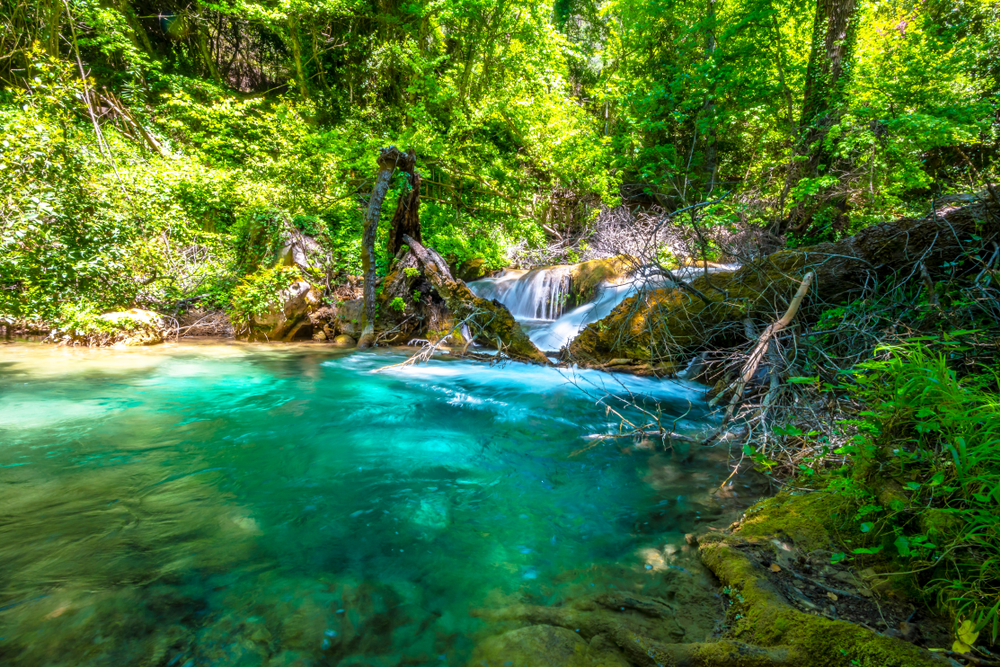
Marmaris National Park
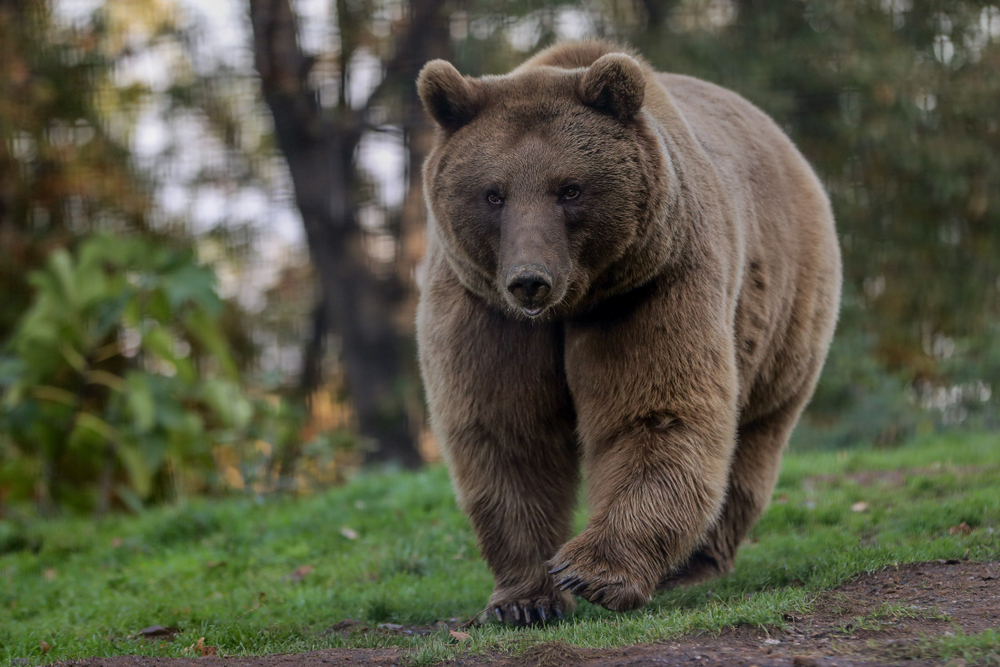
Sarıkamış–Allahuekber Mountains National Park
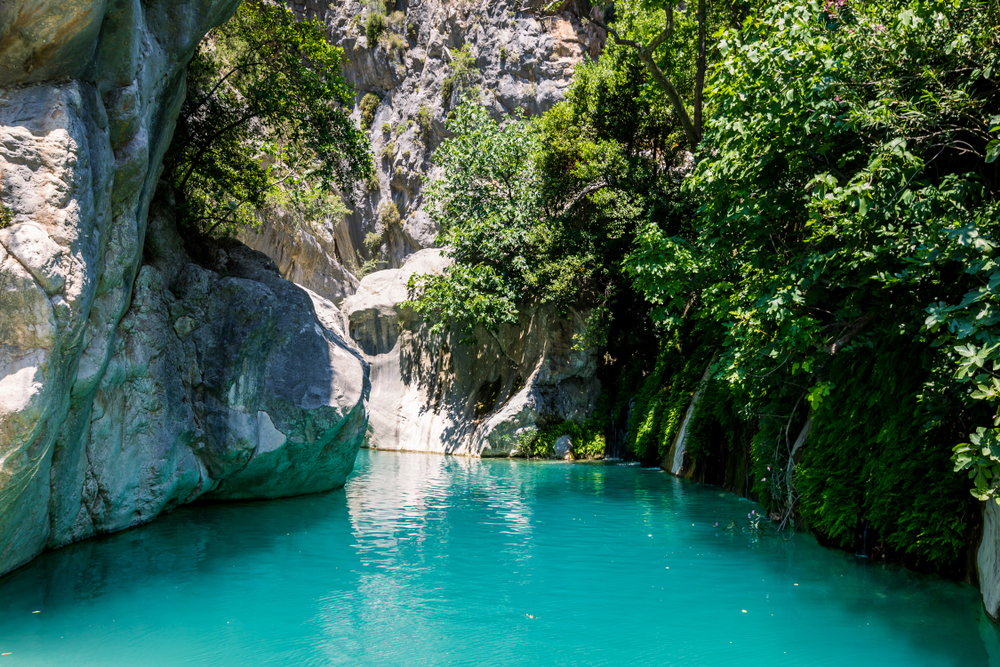
Saklikent National Park
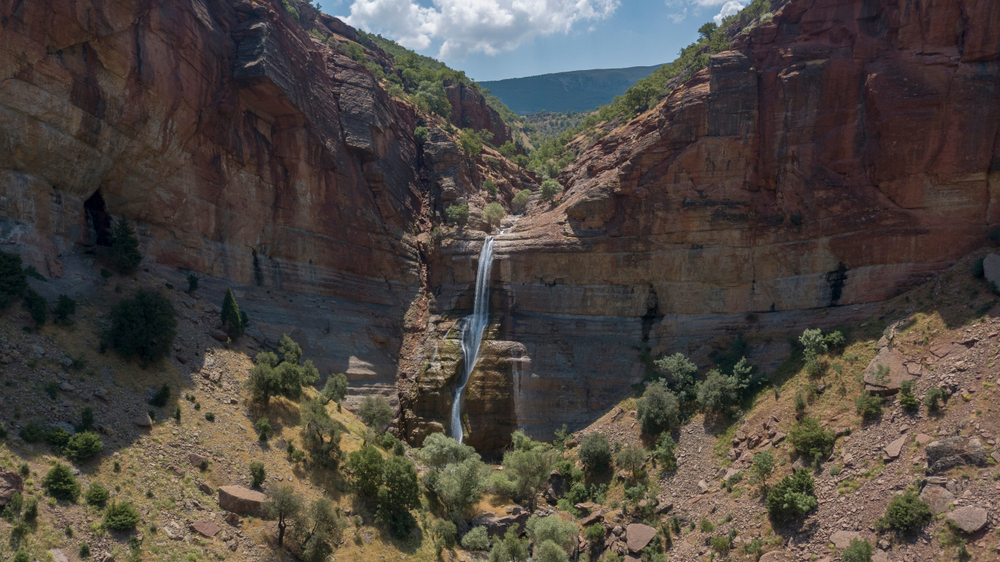
Munzur Valley National Park

Mount Sarıçalılık National Park
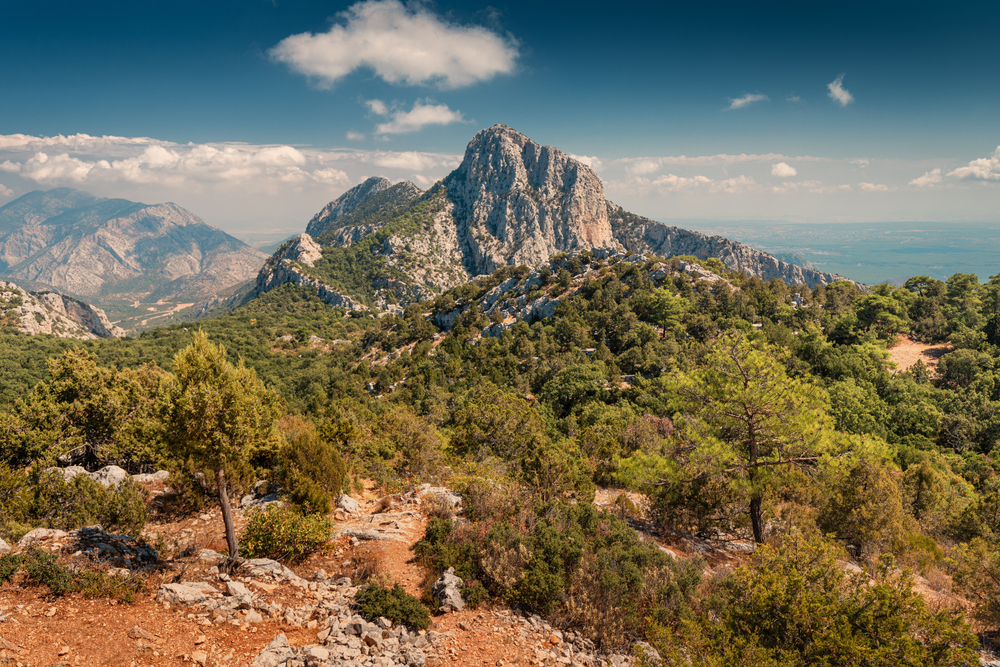
Mount Güllük–Termessos National Park









































































